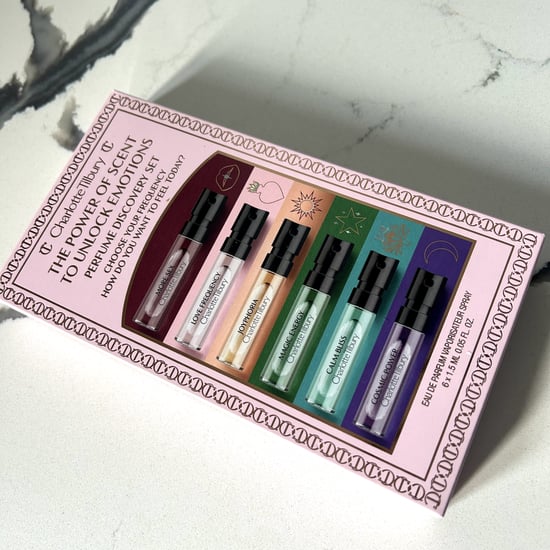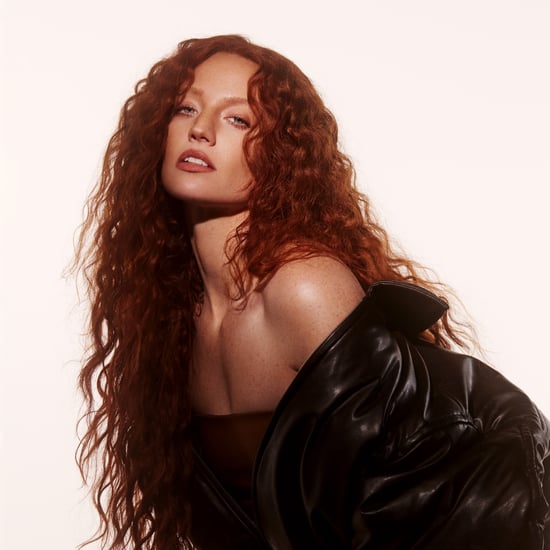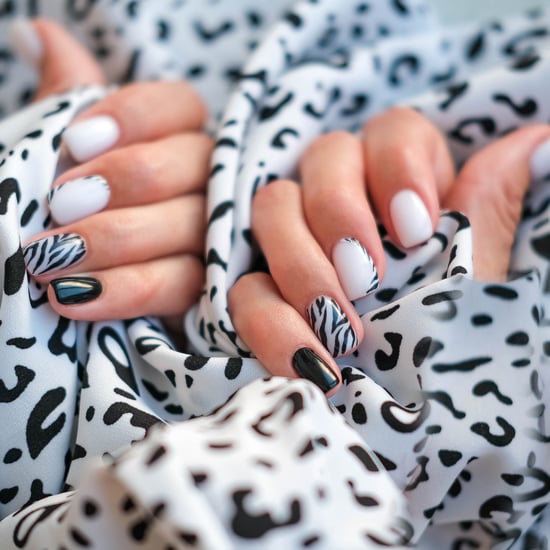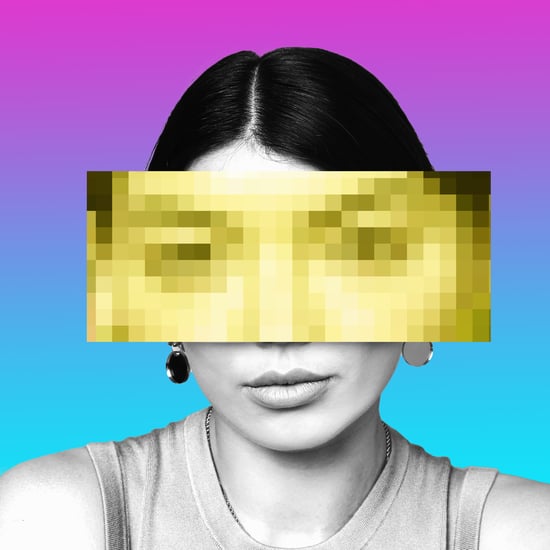Victoria's Secret Helped Set Unrealistic Beauty Standards
How Victoria's Secret Helped Cement Unrealistic Beauty Standards
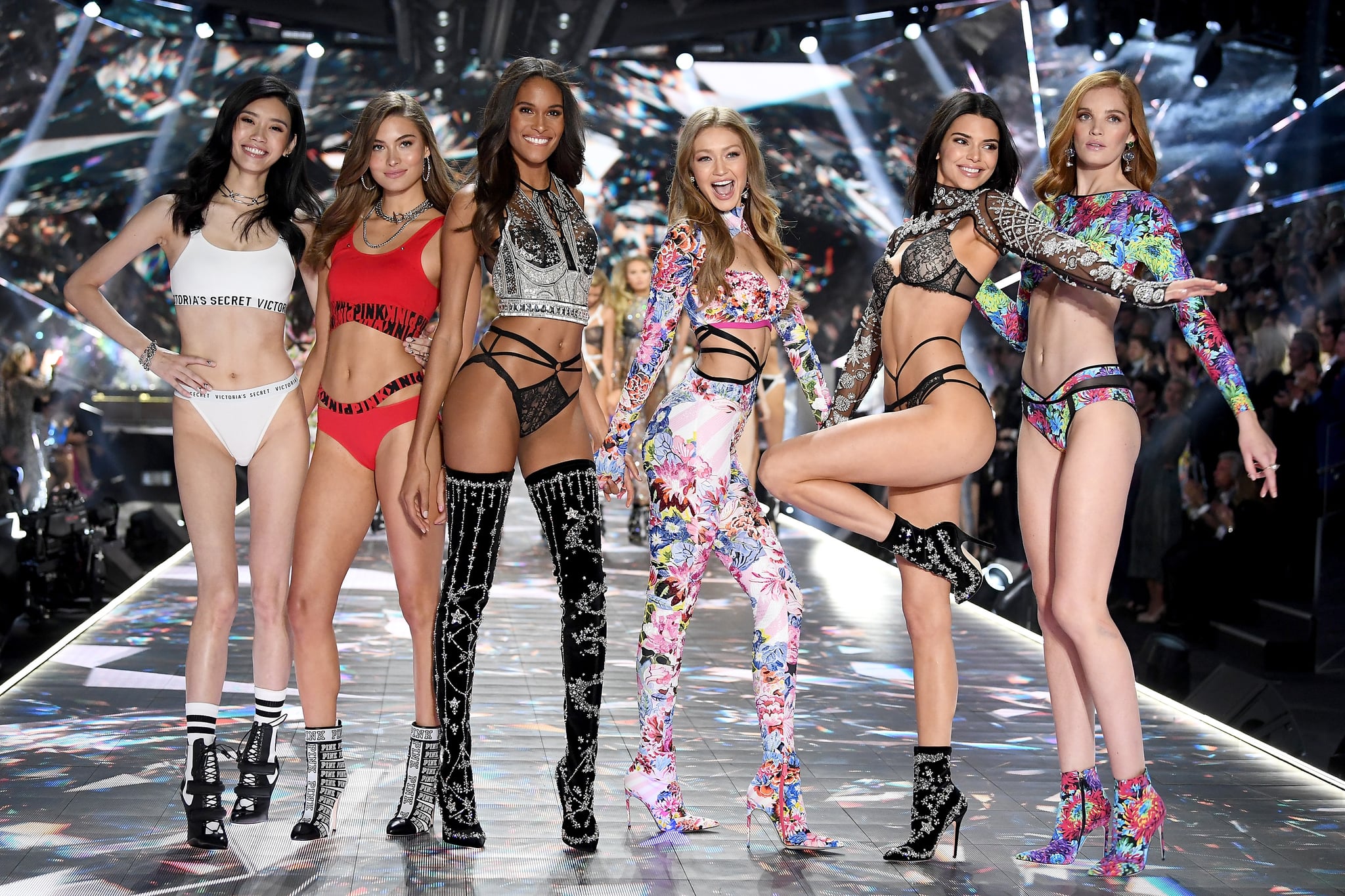
In 1995, Victoria's Secret's popularity exploded with its first inaugural Victoria's Secret Fashion Show. Though the brand had been around since 1977, the widely-broadcasted runway show put it on the map. From there, it only grew, and grew, and grew — until that all changed, which is something Hulu's new docuseries "Victoria's Secret: Angels and Demons" explores.
In the early 2010s especially, it was hard to avoid Victoria's Secret's influence — its larger-than-life window displays could be found in malls across the country, catalogues showed up unannounced in mailboxes, and many people walked around with the brand's logo etched across their clothing. The brand became a cultural phenomenon.
The Victoria's Secret Angels were the driving force behind the brand's successful image. Every young, up-and-coming model was striving to land a gig as an Angel and get their wings, and with names like Heidi Klum, Tyra Banks, Adriana Lima, Alessandra Ambrosio, Candice Swanepoel, Gisele Bündchen, and Miranda Kerr on the roster, it's easy to understand the appeal. The women chosen to be Victoria's Secret models all had a particular look, which helped perpetuate one universal idea of beauty.
"The Victoria's Secret Angels were perceived as the gold standard of what beauty was supposed to be."
"The Victoria's Secret Angels were perceived as the gold standard of what beauty was supposed to be," clinical psychologist Jenny Yip, PsyD, ABPP, tells POPSUGAR. The models were primarily white, tall, incredibly thin yet still curvy, had long, bouncy, bombshell blowouts, tanned skin, and no piercings or tattoos. "The look that was created by VS became a recognisable part of our culture," says Beth Pausic, PsyD, clinical psychologist and director of behavioural health at Hims & Hers.
Behind the scenes, the brand even went as far as barring any model from having visible freckles or moles. "I remember in the beginning Les showed me a Playboy magazine and he wanted to make the point that the models had perfect bodies and no freckles or moles," Cindy Fedus-Fields, former CEO of the brand, says in one of the episode of the mini series. "He was so adamant that I go after perfect women, à la sexy girls-next-door."
The Victoria's Secret "look" was unattainable, to say the least, for the average women. "It created an impossible aesthetic ideal that less than one percent of women can match," Sanam Hafeez, PsyD, NYC-based Neuropsychologist and director of Comprehend the Mind, says. "Most models were at least 5'9" and likely weighed no more than 120 pounds, with extremely long legs, tiny waists, and large breasts typically enhanced by implants."
This became even more evident — and problematic — when the brand expanded with its Pink line, which was marketed specifically toward millennial pre-teen and teen girls. But despite how unrealistic the "ideal" image was, the brand shaped beauty standards and set trends in the 2000s, even outside of the lingerie world. Looking back now, many of us can agree that the idea of beauty the brand pushed was unhealthy. But at the time, it was hard to see. It makes you wonder: what did that narrow view of beauty do to the brains of consumers?
"For the young girls or women who would pour through the catalogues and compare themselves unfavourably to these models, it was not a boon to their self-esteem," says Dr. Hafeez. Dr. Pausic adds: "When culture and society is showing you an ideal to which you feel compelled to try and live up to, the end result can be at a minimum disheartening and in some cases psychologically damageing."
Research has shown that this psychological damage can manifest in a variety of different ways, including increased depression, body insecurities, and decreased confidence. "Some may develop a negative body image, and this may include feelings of anxiety, shame, low self-esteem, disordered eating, suicidal thoughts, eating disorders, and social anxiety," says Dr. Pausic. "A negative body image can also lead to a distorted view of one's own body, as well as constant comparisons to others bodies that they deem to be better."
"When culture and society is showing you an ideal to which you feel compelled to try and live up to, the end result can be at a minimum disheartening and in some cases psychologically damageing."
Not only did this put a lot of pressure on the average consumer shopping at Victoria's Secret, but it was harmful for many of the models, too. Constant weigh-ins and body measuring ensured the models didn't gain any weight and stayed the "ideal" size. "Even the Angels had a tough time attaining the VS image, as there are documented reports of extreme dieting and workout routines, plastic surgery, and hair extensions to enhance their features," says Dr. Pausic. Dr. Yip adds: "It's a full-time job."
At the brand's peak, many consumers didn't realise they were being fed toxic beauty standards — instead, it was billed as aspirational and a dream. It was only after the smoke and mirrors went away that Lyndsey Scott, a former Victoria's Secret model interviewed in the series says, "It became clear to me that Victoria's Secret wasn't empowering women. They used such a narrow idea of beauty in their marketing that it was doing the complete opposite — it was making women feel bad about themselves." But to be fair, Victoria's Secret wasn't the only brand doing so at the time — it was the culture we lived in, and continue to in varying degrees.
Toxic beauty standards certainly haven't gone away — they've simply taken on other forms by way of social media and filters. But the tide has shifted, at least slightly: allowing room for more inclusive, diverse ideas of beauty to be celebrated.
